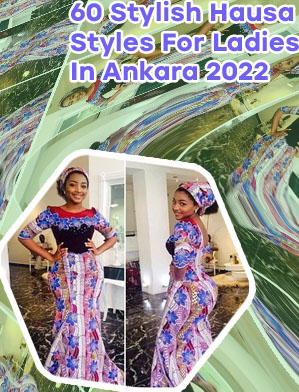Hausa ladies ankara styles
Browse 31 hausa attire stock photos and images available or start a new search to explore more stock photos and images.
But in today article am going to bring to you some of the most adorable and chic hausa Ladies outfit ideas to help you create that street style look that you have always wanted. In this article, I have brought for you some of my favorite hausa ladies ankara styles so far from all aroud africa. Hausa ladies gown styles ALSO SEE⇒ Hausa Ankara Styles For Arewa Fashionistas-ANKARA FASHION
Hausa ankara long gown styles
However, the Ankara skirt and blouse for Hausa ate divided into two types as the blouse can be styled as a short length and also as a long length. The long length is designed similarly to a short gown and combined with a skirt. Let’s take a look at some of the Hausa Ankara styles you can explore this coming Sallah celebration below: Clothing and Ornaments 146.8K followers • 29 videos

Latest Ankara Styles In Vogue For Ladies/Women-700+ Pictures
Clothes for Important Events. Costumes were sometimes worn to mark special occasions, especially in Mali, where the symbolism of dress—for both the nobility and ordinary people—was much more apparent than in other West African countries. For example, to commemorate his victory over the Susu of neighboring Kaniaga, circa 1235, Latest African Hausa Dressing Styles For Ladies 2022 玉钗爱编发🌹
Hausa dressing style for ladies
Even extreme modesty does not prevent Hausa women from looking beautiful and attractive. Ladies from this tribe emphasize the most exalted characteristics of the beautiful half of humanity and avoid defiant styles. Tricks On How To Style Tuxedo Dress Travelers’ Reports. When the North African Muslim traveler Ibn Battuta visited the Empire of Mali in 1353, he described how the people dressed for public prayers during the great Muslim festivals. They went to the prayer site, which was close to the ruler’s palace, wearing well-made white clothes. Mansa Sulaiman (ruled 1341-1360), whom Ibn Battuta called a “sultan,” wore a black turban and tailasan (mantle). Most people were allowed to wear the tailasan only during the two major Muslim festivals, but judges, preachers, and jurists could wear it daily. Ibn Battuta described a ceremony in which dress played an important symbolic role:

